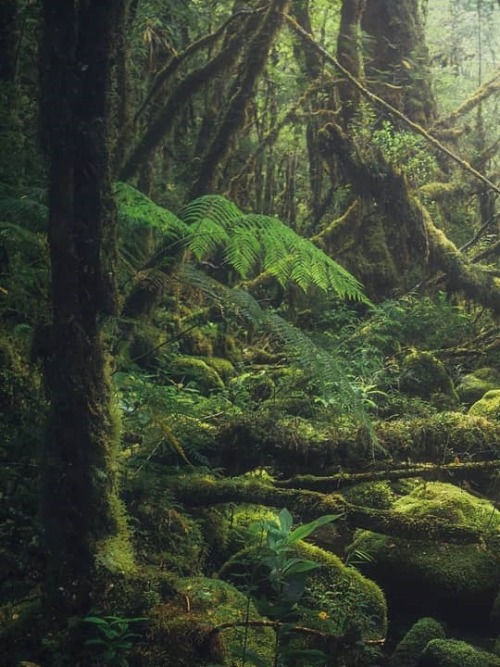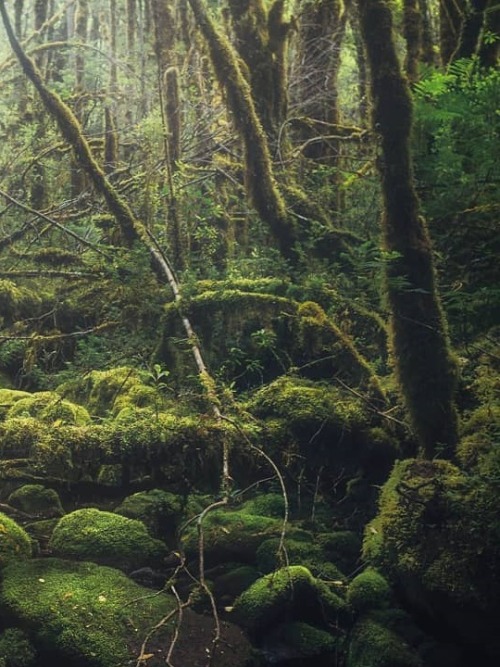“Galileo S Europa Remastered” Is The NASA Astronomy Picture Of The Day Of Today, November 29, 2019

“Galileo s Europa Remastered” Is the NASA Astronomy Picture of the Day of today, November 29, 2019
More Posts from Sviklove and Others

Castles made by nature ▲
Cerro Castillo, Aysén, Patagonia Chilena.
Farewell to the Van Allen Probes
After seven years of studying the radiation around Earth, the Van Allen Probes spacecraft have retired.

Originally slated for a two-year mission, these two spacecraft studied Earth’s radiation belts — giant, donut-shaped clouds of particles surrounding Earth — for nearly seven years. The mission team used the last of their propellant this year to place the spacecraft into a lower orbit that will eventually decay, allowing the Van Allen Probes to re-enter and burn up in Earth’s atmosphere.

Earth’s radiation belts exist because energized charged particles from the Sun and other sources in space become trapped in our planet’s huge magnetic field, creating vast regions around Earth that teem with radiation. This is one of the harshest environments in space — and the Van Allen Probes survived more than three times longer than planned orbiting through this intense region.
The shape, size and intensity of the radiation belts change, meaning that satellites — like those used for telecommunications and GPS — can be bombarded with a sudden influx of radiation. The Van Allen Probes shed new light on what invisible forces drive these changes — like waves of charged particles and electromagnetic fields driven by the Sun, called space weather.

Here are a few scientific highlights from the Van Allen Probes — from the early days of the mission to earlier this year:
The Van Allen belts were first discovered in 1958, and for decades, scientists thought there were only two concentric belts. But, days after the Van Allen Probes launched, scientists discovered that during times of intense solar activity, a third belt can form.
The belts are composed of charged particles and electromagnetic fields and can be energized by different types of plasma waves. One type, called electrostatic double layers, appear as short blips of enhanced electric field. During one observing period, Probe B saw 7,000 such blips repeatedly pass over the spacecraft in a single minute!
During big space weather storms, which are ultimately caused by activity on the Sun, ions — electrically charged atoms or molecules — can be pushed deep into Earth’s magnetosphere. These particles carry electromagnetic currents that circle around the planet and can dramatically distort Earth’s magnetic field.

Across space, fluctuating electric and magnetic fields can create what are known as plasma waves. These waves intensify during space weather storms and can accelerate particles to incredible speeds. The Van Allen Probes found that one type of plasma wave known as hiss can contribute greatly to the loss of electrons from the belts.
The Van Allen belts are composed of electrons and ions with a range of energies. In 2015, research from the Van Allen Probes found that, unlike the outer belt, there were no electrons with energies greater than a million electron volts in the inner belt.
Plasma waves known as whistler chorus waves are also common in our near-Earth environment. These waves can travel parallel or at an angle to the local magnetic field. The Van Allen Probes demonstrated the two types of waves cannot be present simultaneously, resulting in greater radiation belt particle scattering in certain areas.
Very low frequency chorus waves, another variety of plasma waves, can pump up the energy of electrons to millions of electronvolts. During storm conditions, the Van Allen Probes found these waves can hugely increase the energy of particles in the belts in just a few hours.

Scientists often use computer simulation models to understand the physics behind certain phenomena. A model simulating particles in the Van Allen belts helped scientists understand how particles can be lost, replenished and trapped by Earth’s magnetic field.
The Van Allen Probes observed several cases of extremely energetic ions speeding toward Earth. Research found that these ions’ acceleration was connected to their electric charge and not to their mass.
The Sun emits faster and slower gusts of charged particles called the solar wind. Since the Sun rotates, these gusts — the fast wind — reach Earth periodically. Changes in these gusts cause the extent of the region of cold ionized gas around Earth — the plasmasphere — to shrink. Data from the Van Allen Probes showed that such changes in the plasmasphere fluctuated at the same rate as the solar rotation — every 27 days.
Though the mission has ended, scientists will use data from the Van Allen Probes for years to come. See the latest Van Allen Probes science at nasa.gov/vanallen.
Make sure to follow us on Tumblr for your regular dose of space: http://nasa.tumblr.com


Untamed Lands ♥
Salto Punta Negra, Sierra Nevada, Lonquimay, Chile.
![The Subway, Zion National Park [OC] [2268x3153]](https://64.media.tumblr.com/7f56a9e145b0e0a4e4d5147ab5234dc2/9026ee97a7db7f19-5f/s500x750/9d01c08ee3a85a964cb1eedbfbaab35ccc69d5a3.jpg)
The Subway, Zion National Park [OC] [2268x3153]

Thankful for the new beginnings I created for myself.
-
 marx-xiii liked this · 3 years ago
marx-xiii liked this · 3 years ago -
 cesnx liked this · 5 years ago
cesnx liked this · 5 years ago -
 jubiloide liked this · 5 years ago
jubiloide liked this · 5 years ago -
 yakutyanochka liked this · 5 years ago
yakutyanochka liked this · 5 years ago -
 midnightspride liked this · 5 years ago
midnightspride liked this · 5 years ago -
 doris-pluvia-blog liked this · 5 years ago
doris-pluvia-blog liked this · 5 years ago -
 softiegain liked this · 5 years ago
softiegain liked this · 5 years ago -
 stardust8831 liked this · 5 years ago
stardust8831 liked this · 5 years ago -
 sincentralsposts liked this · 5 years ago
sincentralsposts liked this · 5 years ago -
 sviklove reblogged this · 5 years ago
sviklove reblogged this · 5 years ago -
 aila-nebula liked this · 5 years ago
aila-nebula liked this · 5 years ago -
 theladderman liked this · 5 years ago
theladderman liked this · 5 years ago -
 shamelesspizzaomg liked this · 5 years ago
shamelesspizzaomg liked this · 5 years ago -
 twigsvsticks liked this · 5 years ago
twigsvsticks liked this · 5 years ago -
 arts-and-space reblogged this · 5 years ago
arts-and-space reblogged this · 5 years ago -
 adnama2222 liked this · 5 years ago
adnama2222 liked this · 5 years ago -
 daoquin liked this · 5 years ago
daoquin liked this · 5 years ago -
 fictionwillneverdie liked this · 5 years ago
fictionwillneverdie liked this · 5 years ago -
 big-mac-beth reblogged this · 5 years ago
big-mac-beth reblogged this · 5 years ago -
 big-mac-beth liked this · 5 years ago
big-mac-beth liked this · 5 years ago -
 innergardenoperatorbanana-blog liked this · 5 years ago
innergardenoperatorbanana-blog liked this · 5 years ago -
 caladeniablue liked this · 5 years ago
caladeniablue liked this · 5 years ago -
 ultrathunderandrain-blog liked this · 5 years ago
ultrathunderandrain-blog liked this · 5 years ago -
 sarkazeins liked this · 5 years ago
sarkazeins liked this · 5 years ago -
 unfriendlyorifice liked this · 5 years ago
unfriendlyorifice liked this · 5 years ago -
 heriberto71 liked this · 5 years ago
heriberto71 liked this · 5 years ago -
 youareagodandyouwilltriumph liked this · 5 years ago
youareagodandyouwilltriumph liked this · 5 years ago -
 magesona liked this · 5 years ago
magesona liked this · 5 years ago -
 thespace-alien reblogged this · 5 years ago
thespace-alien reblogged this · 5 years ago







![Rivers Through Ice Caves In The Eastern Sierras [OC] [3648 X 4560] - Ig-@codymayer22](https://64.media.tumblr.com/d3a11784c3f5e626ad4de4f3de7eaf43/5e62b3b924079d01-e5/s500x750/795896a9bd6a262b6d915e88c3aad0088938e5b9.jpg)

